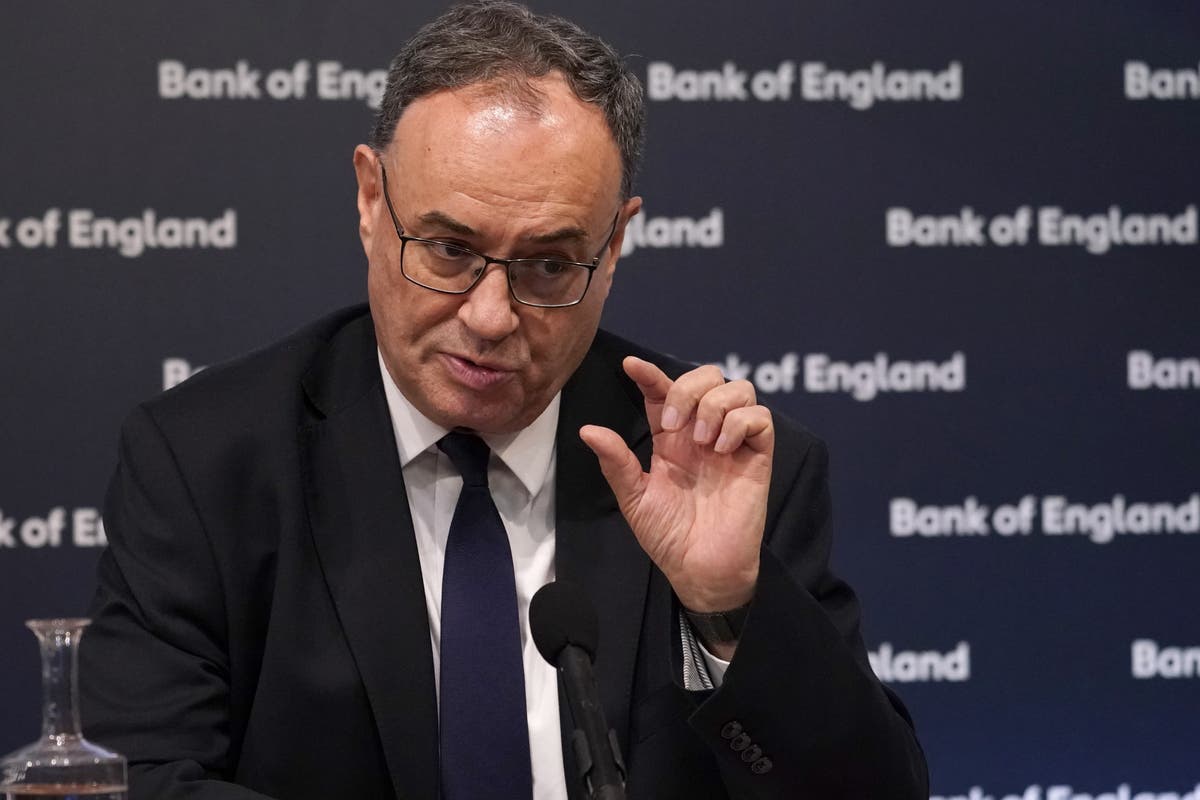The Cautious Approach of the Bank of England: Andrew Bailey’s Call for Prudence in Interest Rate Cuts
In August 2024, Bank of England Governor Andrew Bailey made headlines with a critical statement regarding the central bank’s approach to interest rates. He emphasized the need for caution, asserting that the Bank must be "careful not to cut interest rates too quickly or by too much." This sentiment reflects the delicate balance the Bank of England must maintain in navigating the complex landscape of the UK economy, particularly in the wake of persistent inflationary pressures and the ongoing cost-of-living crisis.
The Current Economic Landscape
As the UK grapples with economic challenges, the Bank of England’s Monetary Policy Committee (MPC) is under immense pressure to respond effectively. Following a recent cut from 5.25% to 5%—the first reduction since 2020—many economists anticipate that the MPC will hold the base rate steady in its upcoming meeting. This decision comes as inflation figures remain stubbornly high, with August’s inflation rate recorded at 2.2%, slightly above the Bank’s target of 2% but below its own predictions.
The decision to maintain the current interest rate is significant for various stakeholders, particularly homeowners and borrowers. Keeping the base rate unchanged means that mortgage repayments are unlikely to fluctuate, providing some stability for those navigating the financial strain of rising living costs.
Inflation: A Persistent Challenge
Bailey’s caution stems from the ongoing inflationary pressures that have plagued the UK economy. While the inflation rate has shown signs of easing compared to the double-digit figures seen in 2023, the Bank remains vigilant. The cost of services, which constitutes a substantial portion of the economy, continues to rise, with service prices increasing by 5.6% year-on-year. This trend raises concerns about wage settlements and the potential for inflation to become entrenched in the economy.
The Bank’s decision-making process is further complicated by external factors, including the recent actions of the US Federal Reserve and the European Central Bank (ECB). The Fed’s decision to cut interest rates for the first time in four years signals a shift in its approach to managing inflation and economic growth. Meanwhile, the ECB’s consecutive rate cuts highlight a different strategy within the Eurozone, prompting speculation about whether the Bank of England might follow suit.
The Impact on Borrowers and Savers
The Bank of England’s interest rate decisions have far-reaching implications for both borrowers and savers. The recent rate cut was welcomed by many borrowers who have been struggling with the cost-of-living crisis, but it disappointed savers who have seen their returns diminish. As the Bank navigates these competing interests, Bailey’s warning serves as a reminder of the potential consequences of rapid rate cuts.
Economists have expressed mixed views on the likelihood of further cuts. Some believe that the MPC will take a cautious approach, waiting for more data before making additional adjustments. Others suggest that if inflation continues to show signs of easing, the Bank may consider further reductions in the coming months.
Looking Ahead: The Path of Monetary Policy
As the Bank of England prepares for its next meeting, the focus will be on the broader economic outlook and the potential impact of fiscal policies, particularly with the autumn Budget scheduled for late October. The MPC’s decisions will be closely watched, not only for their immediate effects on interest rates but also for their long-term implications for the UK economy.
In conclusion, Andrew Bailey’s call for caution in cutting interest rates reflects the complexities of the current economic environment. As the Bank of England navigates the challenges of inflation, economic growth, and the cost-of-living crisis, its decisions will play a crucial role in shaping the financial landscape for millions of individuals and businesses across the UK. The balance between supporting borrowers and ensuring financial stability will remain a central theme in the Bank’s monetary policy strategy in the months to come.
